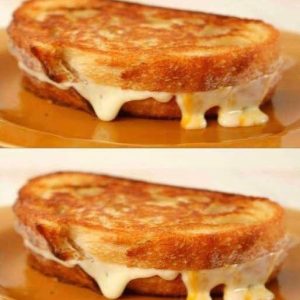In today’s fast-paced world of sewing, where modern machines and gadgets dominate, many people forget the clever tricks that vintage sewists have relied on for generations. One such trick involves the ordinary safety pin. That tiny hole near the clasp isn’t just for looks—it’s a hidden helper. By threading elastic or ribbon through it, you can easily guide materials through tight fabric casings with better control and less frustration.
Another old-school trick that still works wonders is treating your thread with beeswax. Rubbing the thread with a bit of beeswax not only strengthens it but also prevents it from tangling as you sew. This makes your stitching process smoother and more efficient—especially helpful for hand-sewing projects or fine fabrics.
If you ever find yourself without fabric chalk, don’t worry. A dry sliver of soap is a perfect substitute. It marks fabric clearly and disappears when washed, leaving no damage behind. This simple swap shows how resourceful sewists have always been with everyday items.
Durability is essential in sewing, and the backstitch is a classic technique that helps achieve it. By sewing backward over a few stitches at the start and end of a seam, you secure your threads in place and prevent them from unraveling—no fancy tools required, just smart stitching.
Even something as routine as pinning fabric can benefit from a vintage touch. Instead of placing pins straight across, angle them diagonally. This trick holds the fabric better and allows the pins to slide out easily when sewing. It’s a small change with a big impact on your accuracy and workflow.
Finally, for creating strong, neat knots, wrap the thread around the needle a few times before pulling it tight. This method is quick, reliable, and leaves a professional finish. These time-tested techniques prove that vintage doesn’t mean outdated—it means dependable. Whether you’re a beginner or an expert, incorporating these old-fashioned tips will not only improve your sewing but also reconnect you with the timeless artistry behind every stitch.





